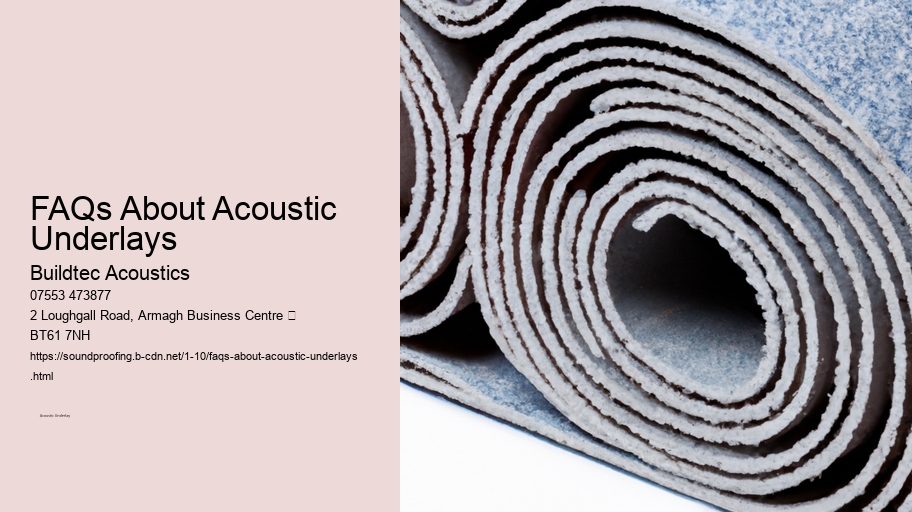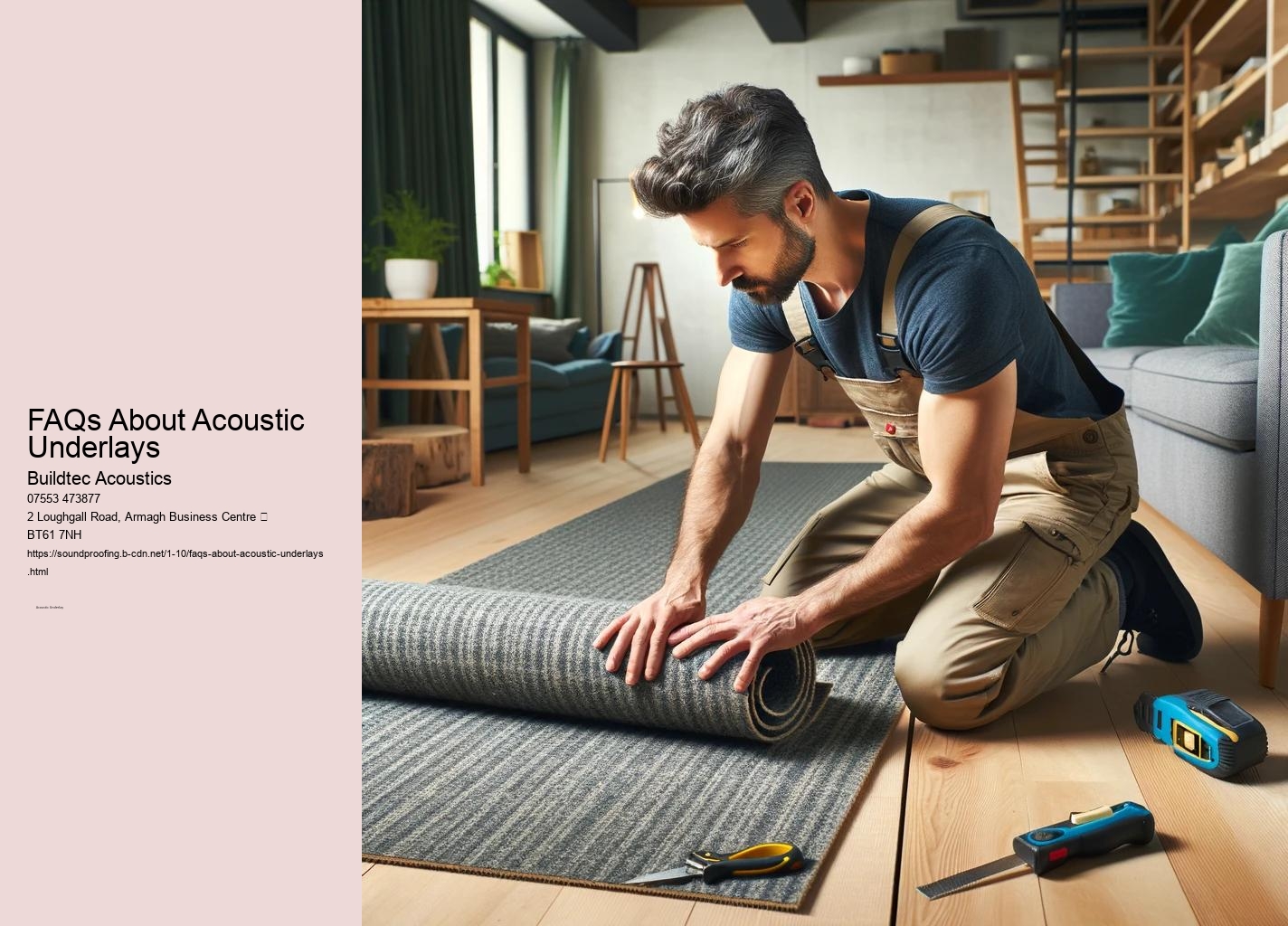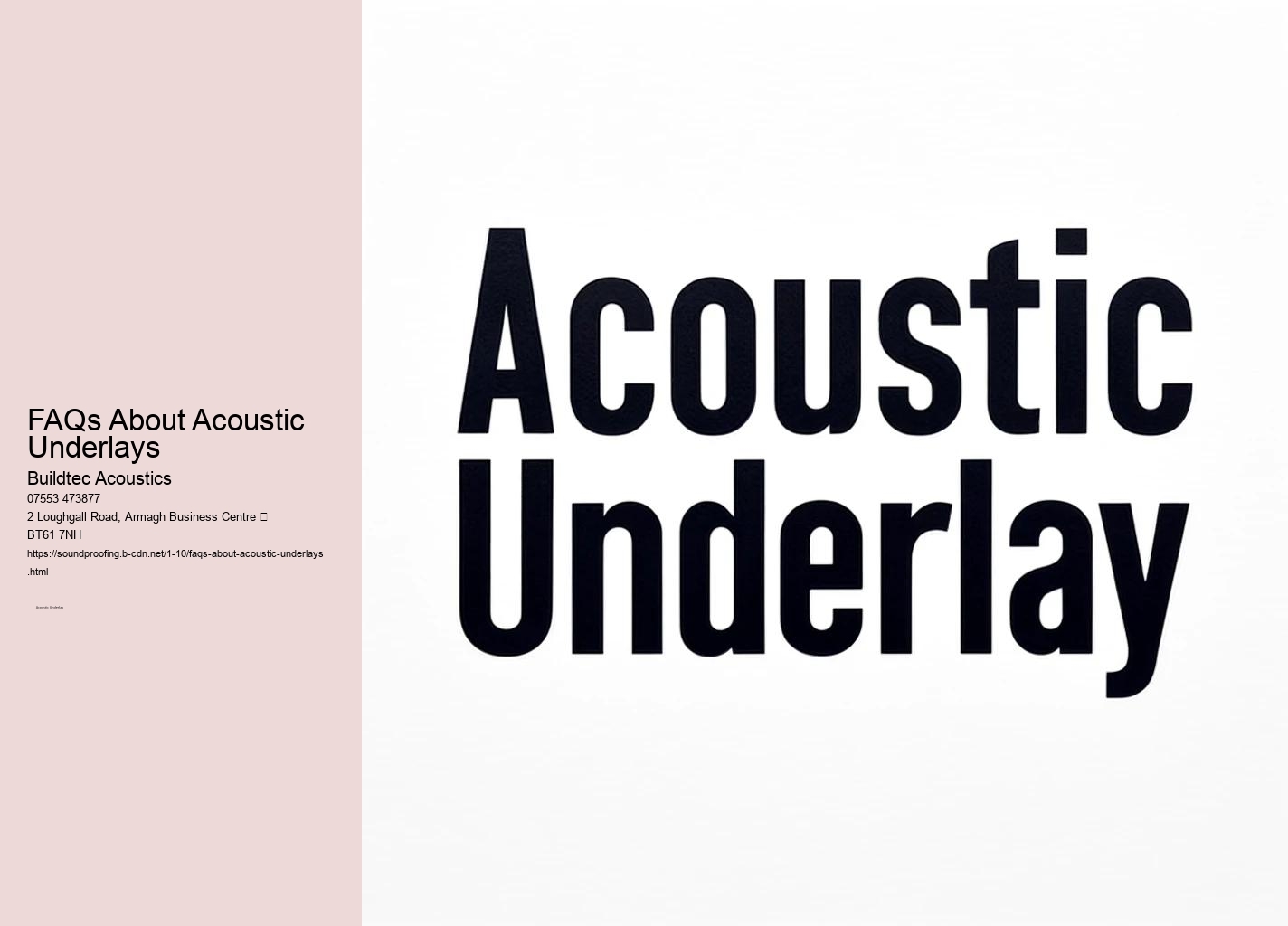

With a wide variety of materials, including cork, foam, natural rubber, and recycled fibers, Buildtec Acoustics ensures that there is an environmentally friendly and efficient product to meet every need. Acoustic underlays help absorb these sounds, contributing to improved room acoustics. The primary function of acoustic underlays is to handle both impact noise and airborne sound.
These options support sustainability by reducing reliance on virgin materials and lowering overall pollution. Floating floor systems also benefit from acoustic underlays, which provide an additional layer of soundproofing beneath the flooring material.
From managing noise pollution to improving energy efficiency, acoustic underlays are a versatile solution that supports both functionality and aesthetics in modern building design.
The compatibility with different floor finishes makes acoustic underlays an essential component in modern flooring design, helping to create a space that is both visually appealing and acoustically comfortable. For instance, Tecsound underlays are commonly used beneath concrete or screed subfloors to add an additional layer of soundproofing that is effective against vibration and noise. Some underlays are certified by Leadership in Energy and Environmental Design (LEED) standards, promoting sustainable building practices.
Additionally, these materials provide excellent thermal insulation, enhancing the thermal resistance of the room while managing noise. By utilizing high-density materials like crumb rubber and cork, acoustic underlays effectively control noise, reducing its impact on people in adjacent rooms or units.
With a range of materials, including cork, foam, natural rubber, and recycled fibers, Buildtec Acoustics ensures that there is an environmentally friendly and efficient product for every need. Buildtec Acoustics offers a wide range of acoustic underlays designed to handle both airborne and impact noise, making them suitable for various flooring applications, including wood flooring, ceramic tiles, and laminate flooring.
They are particularly effective when used with materials like ceramic tiles or floating floors, providing both sound insulation and comfort underfoot. In residential buildings, whether in a semi-detached house or an apartment, acoustic underlays are often installed under laminate flooring, hardwood, or carpets to reduce noise transmission through walls, ceilings, and stairs.
A simple guide to installing acoustic underlays for noise reduction.

Posted by Francis Mckenna on
Understanding which flooring types are compatible with acoustic underlay.

Posted by Francis Mckenna on
How acoustic underlays contribute to noise reduction in multi-story structures.

Posted by Francis Mckenna on
By using high-density materials like crumb rubber and cork, acoustic underlays efficiently control noise, reducing its impact on people in adjacent rooms or units. Acoustic underlays help absorb these sounds, resulting in better room acoustics. This process involves energy transformation, where sound waves are absorbed and converted into heat, which then dissipates harmlessly.
By selecting the right product for the specific noise control requirement, homeowners and businesses can create a quieter, more comfortable atmosphere. Floating floor systems also benefit from acoustic underlays, which provide an additional layer of soundproofing beneath the flooring material.
Underlays help to isolate vibrations, preventing them from being transmitted through the building structure and reducing their impact on adjacent rooms or units. underlay Including acoustic underlays in renovation projects also helps ensure compliance with building insulation standards and soundproofing regulations, providing peace of mind for homeowners and builders.
Buildtec Acoustics offers underlays made from environmentally friendly materials, such as cork, recycled crumb rubber, and natural wool. Installing acoustic underlay beneath wood or laminate flooring can significantly reduce noise levels in rooms.


Most underlays come in sheets or rolls and can be cut to size with simple tools like a utility knife. Buildtec Acoustics provides underlays with specific properties to address either airborne or impact noise. Acoustic underlays function by absorbing and dissipating sound energy, which helps in controlling noise and minimizing its transmission through flooring.
The materials used in acoustic underlays, such as foam, cork, and natural rubber, are highly effective in reducing vibrations and controlling noise. Reducing sound transmission class (STC) and impact insulation class (IIC) ratings in a building contributes to creating a more comfortable space, particularly in multi-story buildings where floors are interconnected through walls and joists, making noise control a priority.
The compatibility with different floor finishes makes acoustic underlays an essential component of modern flooring design, creating a space that is both visually appealing and acoustically comfortable. Reducing sound transmission class (STC) and impact insulation class (IIC) ratings in a building contributes to creating a more comfortable space, particularly in multi-story buildings where floors are interconnected through walls and joists, making noise control essential.
Hard surfaces, such as hardwood and laminate, often amplify sounds like footsteps, which can lead to unwanted echo and reverberation. Acoustic underlays do not compromise the aesthetics or design of the finished floor.
This helps improve communication between occupants by reducing noise interference. When considering soundproofing methods, acoustic underlays provide a reliable option for reducing noise pollution, enhancing room acoustics, and creating a quieter and more comfortable atmosphere. Impact noise, such as footsteps on laminate flooring or vibrations from appliances, can be minimized using dense materials like natural rubber or foam.
Including acoustic underlays in renovation projects also helps ensure compliance with building insulation standards and soundproofing regulations, providing peace of mind to homeowners and builders. This process involves converting sound energy into heat, which then dissipates without causing disturbances.
They are installed beneath the visible flooring material, meaning that the desired flooring-whether it is elegant hardwood, practical laminate, or cozy carpet-remains unchanged. Acoustic underlays made from polyvinyl chloride (PVC) or cork are ideal choices, as they balance both thermal insulation and soundproofing requirements.
In commercial environments, reducing noise pollution creates a more productive and pleasant work environment, which enhances overall efficiency. Floating floor systems also benefit from acoustic underlays, which provide an extra layer of soundproofing beneath the flooring material.


Installing acoustic underlays beneath carpets in office spaces helps mitigate foot traffic noise and other disturbances, improving the room's dynamics.
Acoustic underlays function by absorbing and dissipating sound energy, which minimizes noise transmission through flooring. Adhesive or double-sided tape can be used to secure the underlay in place, while ensuring tight seams between pieces to prevent gaps that may reduce performance. Whether in a single-family detached home or a semi-detached house, the installation of acoustic underlay ensures that everyday activities do not negatively affect others in the space.
Acoustic underlays made from polyvinyl chloride (PVC) or cork are ideal choices, as they balance both thermal insulation and soundproofing requirements. Acoustic underlays are compatible with a wide range of flooring materials, including tiles, carpet, and wood.
Acoustic underlays are valuable for renovation projects as well. Environmental considerations are central to the design of acoustic underlays.
From addressing noise pollution to improving energy efficiency, acoustic underlays are a versatile solution that supports both functionality and aesthetics in modern building design. This process involves transforming sound energy into heat, which then dissipates without causing disturbances.

Acoustic underlays are designed to absorb the vibrations caused by impact noise, such as footsteps or moving furniture. By using high-density materials like crumb rubber or cork, these underlays effectively reduce the transmission of vibrations, leading to quieter environments.
Acoustic underlay can be installed beneath most types of flooring, including laminate, wood, and tiles. The subfloor should be clean, level, and dry before installation. The underlay is typically rolled out and cut to size, with seams tightly butted together. It can be secured with adhesive or double-sided tape if needed.